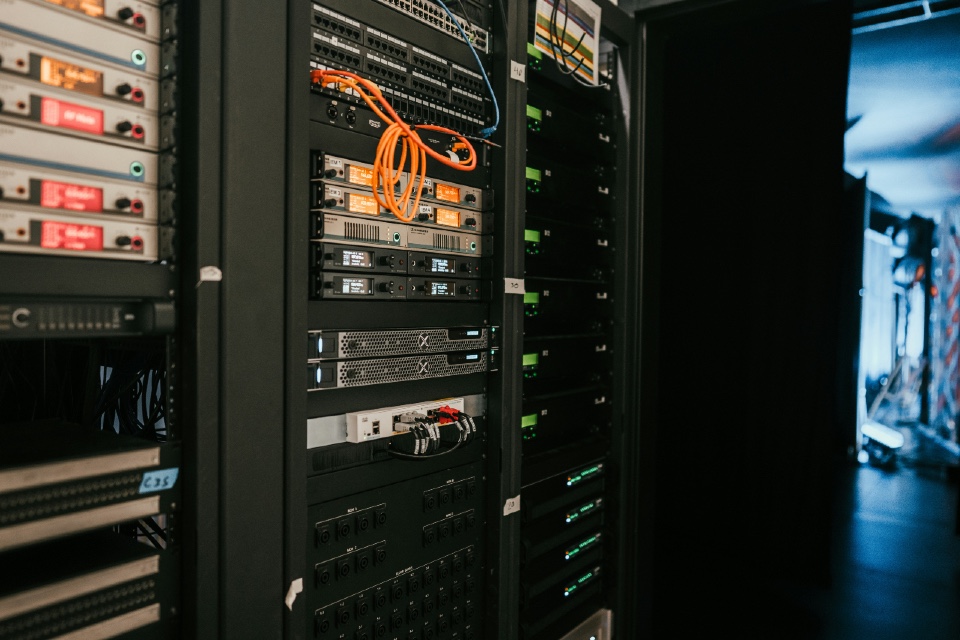Cybersecurity is defined not just by how quickly organisations respond to threat, but how effectively they anticipate and prevent them. As attack surfaces grow and threats become more sophisticated, traditional dashboards offering historical or real-time data are no longer enough. Instead, security teams attending the Cyber Secure Forum are embracing AI-powered predictive threat monitoring, integrated directly into their threat intelligence dashboards, to move from reactive defence to proactive protection…
At the heart of this shift is the use of machine learning algorithms and behavioural analytics to detect anomalies, flag early indicators of compromise, and prioritise responses based on potential impact. Modern dashboards are no longer passive data displays; they are dynamic, intelligent systems that surface evolving threats before they become breaches.
From Static Data to Predictive Insight
Traditional SIEM (Security Information and Event Management) dashboards provided security teams with consolidated views of log data, alerts, and compliance metrics. While useful for tracking incidents, these systems were largely reactive, offering visibility after a threat had entered the network.
Today’s AI-enhanced dashboards ingest vast volumes of structured and unstructured data, from endpoints, cloud infrastructure, user behaviour, threat feeds, and external telemetry. Using machine learning models, these platforms can identify patterns that suggest malicious activity, such as unusual login times, abnormal data transfers, or subtle privilege escalations.
Instead of waiting for alerts based on pre-set rules, predictive systems can adapt to baseline behaviours within an organisation and flag deviations in real time. This approach significantly reduces false positives and highlights threats that may otherwise evade detection, such as insider risks or polymorphic malware.
Prioritisation and Automated Response
Predictive dashboards also help cybersecurity teams prioritise threats by context. Rather than overwhelming analysts with hundreds of low-impact alerts, AI tools assess risk based on asset criticality, user behaviour, and threat severity—offering a ranked response queue.
Some platforms are now integrating with Security Orchestration, Automation, and Response (SOAR) systems to trigger automated actions, like isolating endpoints, revoking credentials, or escalating incidents to human analysts. This speeds up time-to-containment and supports round-the-clock security operations without increasing headcount.
Driving Strategy with Predictive Intelligence
Beyond incident response, predictive threat dashboards are informing long-term cyber strategy. By surfacing repeat vulnerabilities, attack patterns, and emerging risks, these platforms help CISOs make better decisions on where to invest, patch, and train.
As cyber threats continue to evolve, AI-driven dashboards will be central to staying ahead. In 2025, the organisations best protected from cyberattack will be those that don’t just monitor threats, they predict and neutralise them before damage is done.
Are you searching for Advanced Threat Dashboard solutions for your organisation? The Cyber Secure Forum can help!





